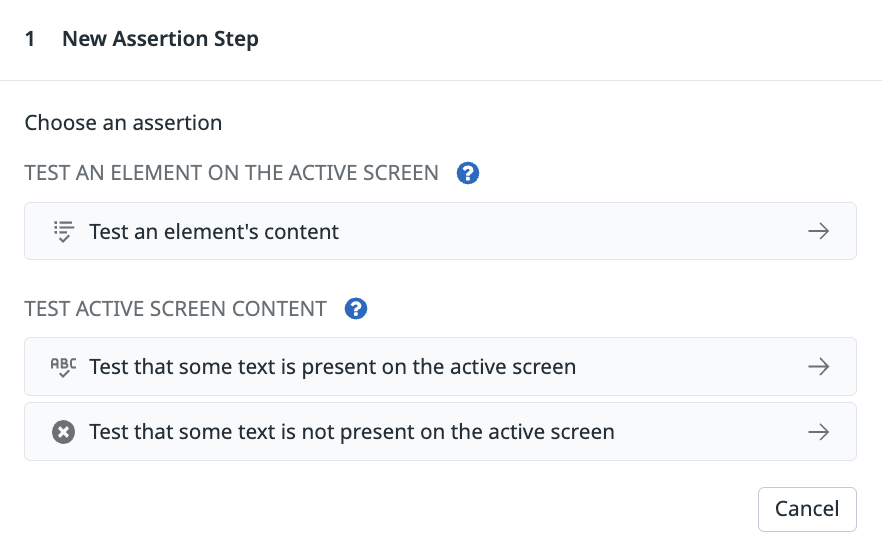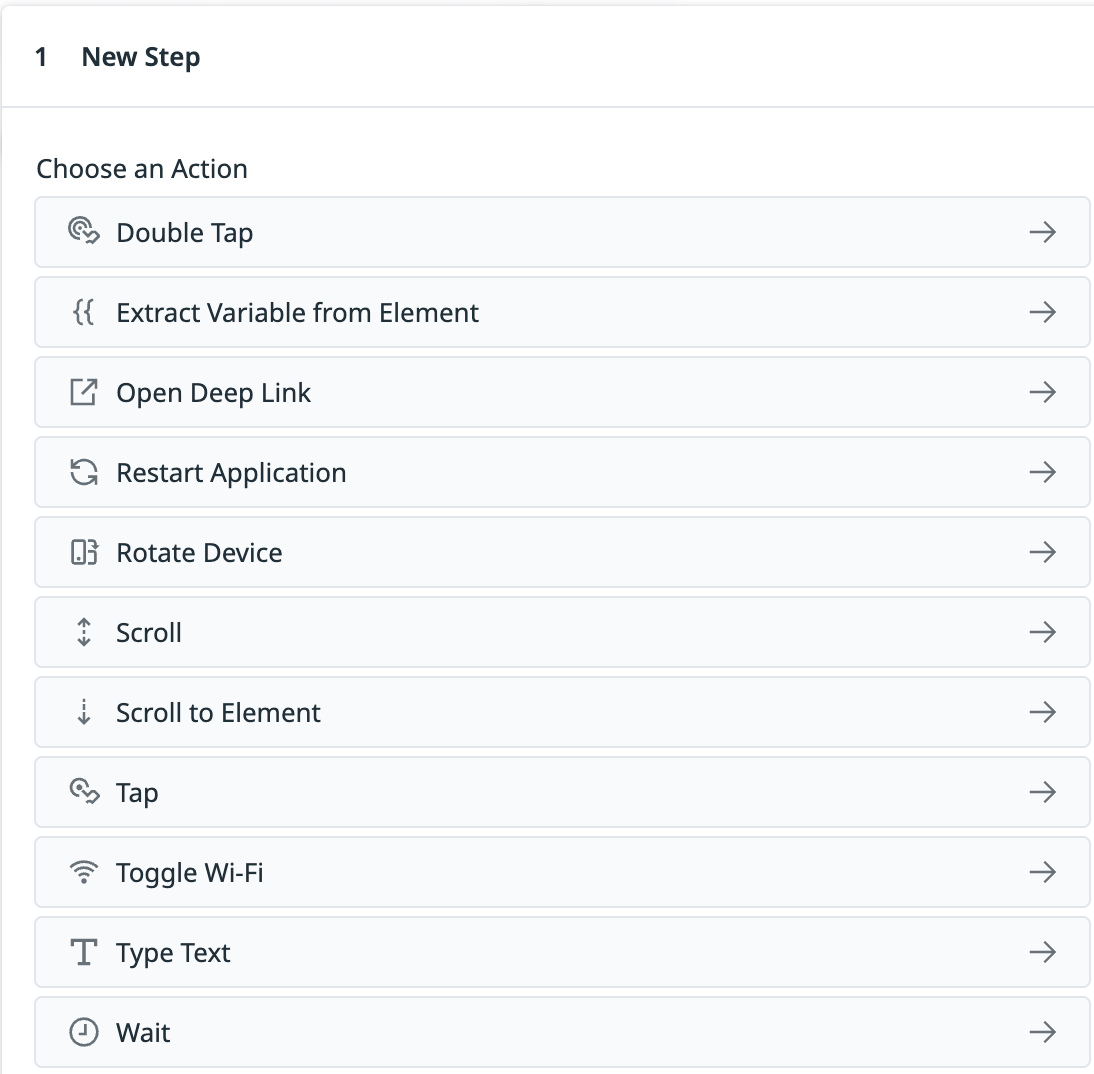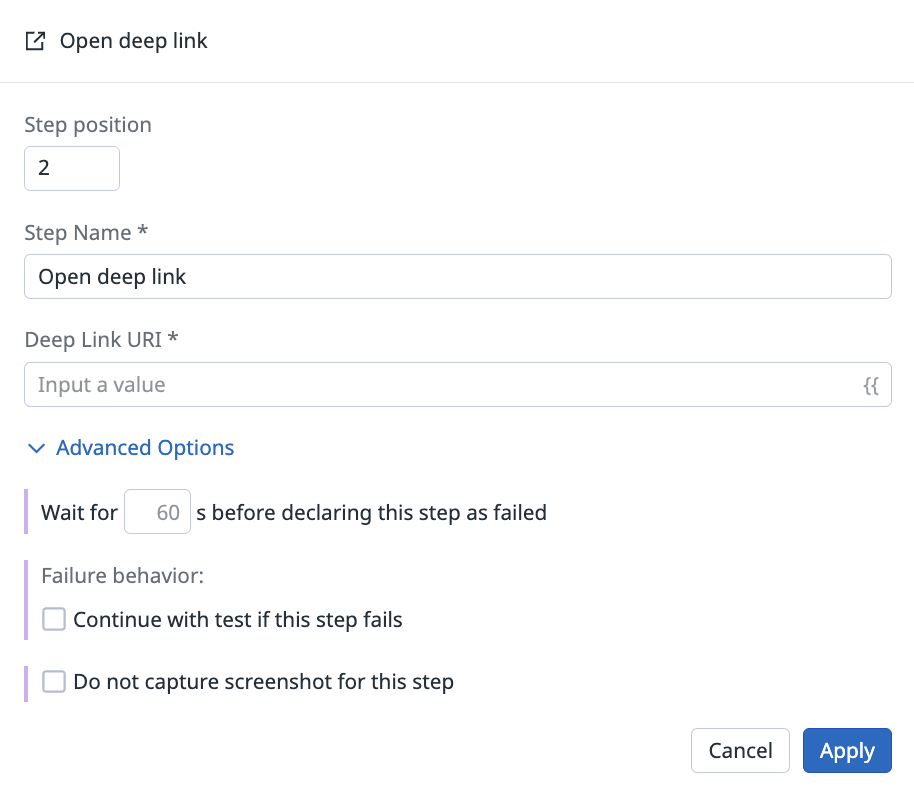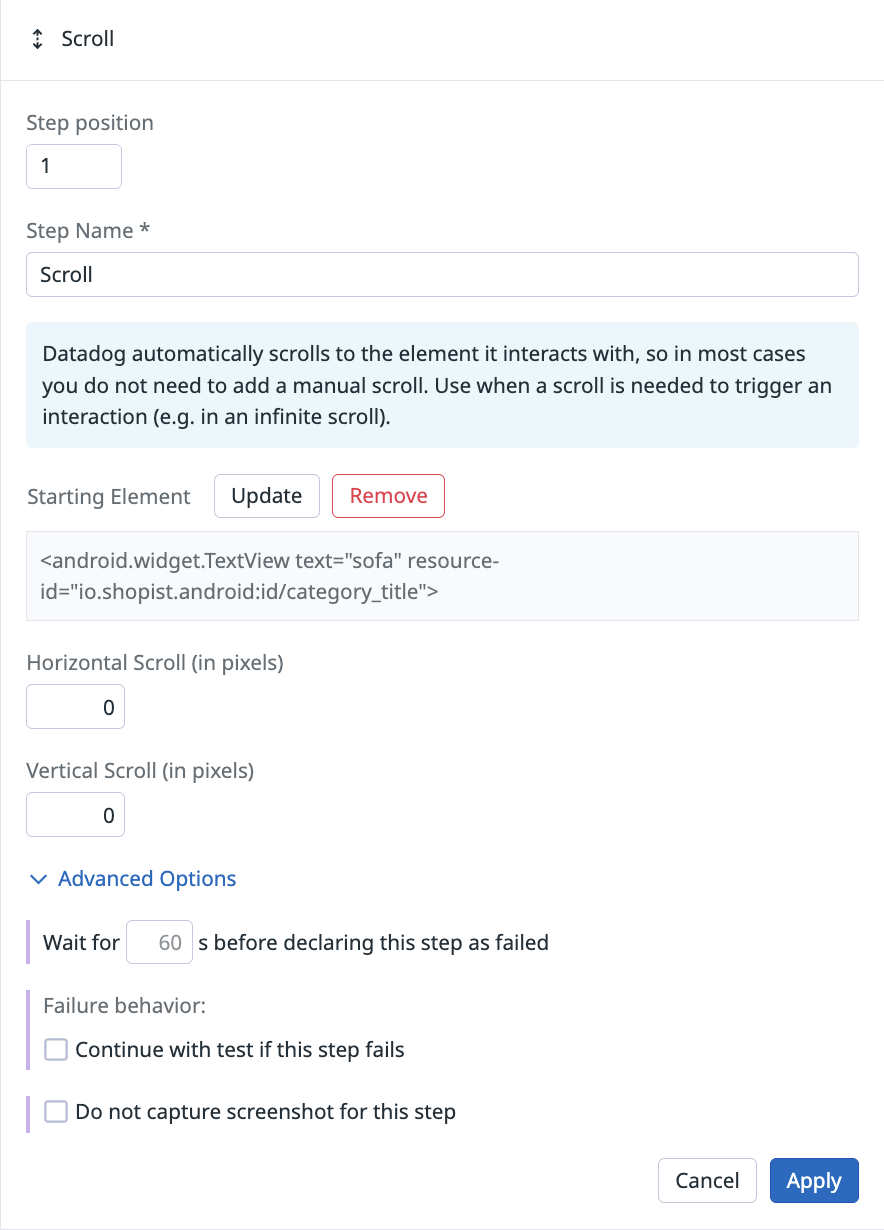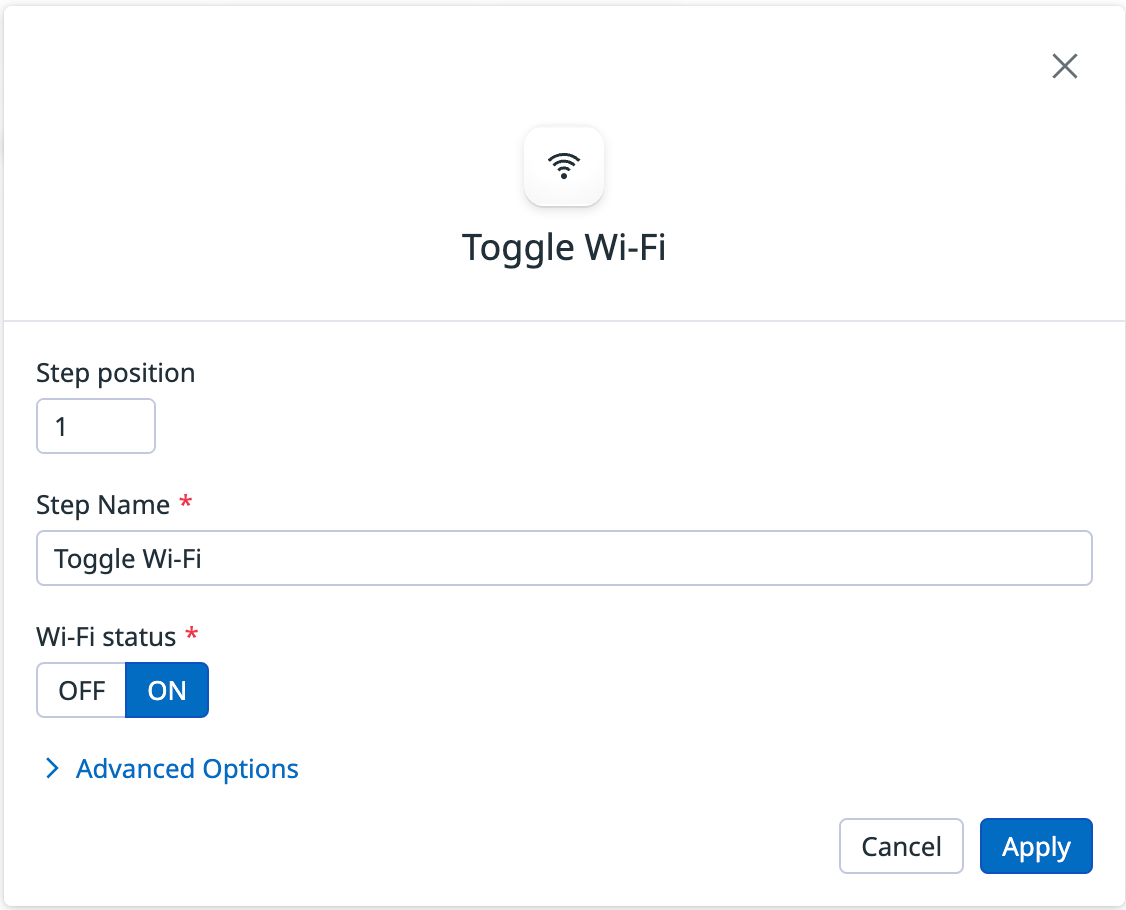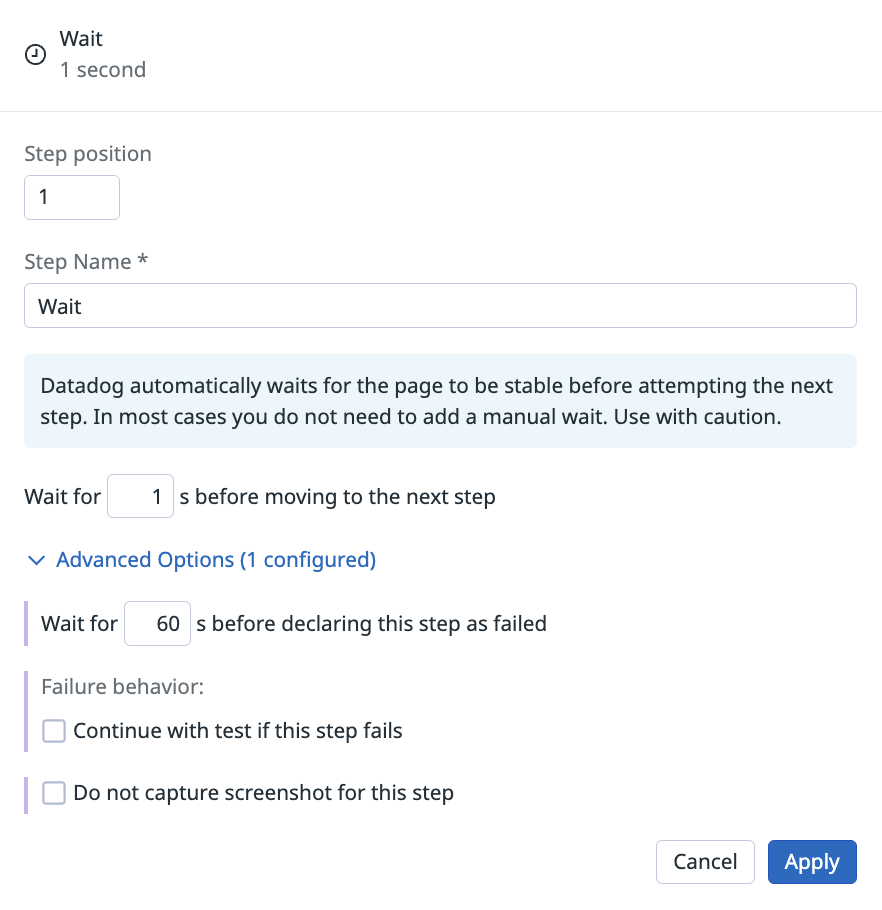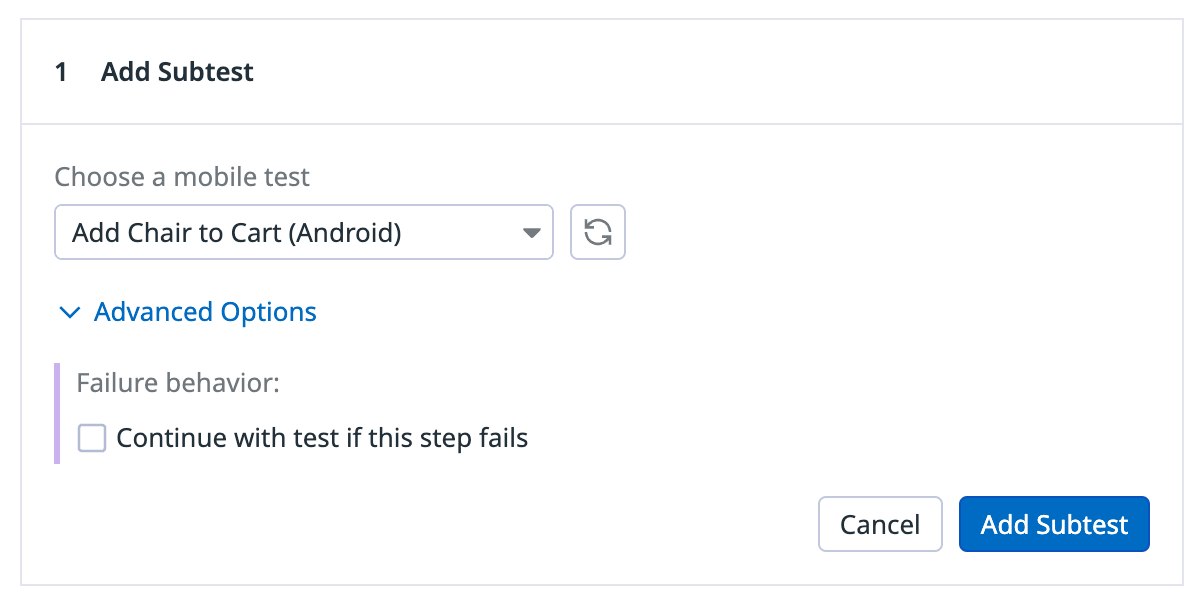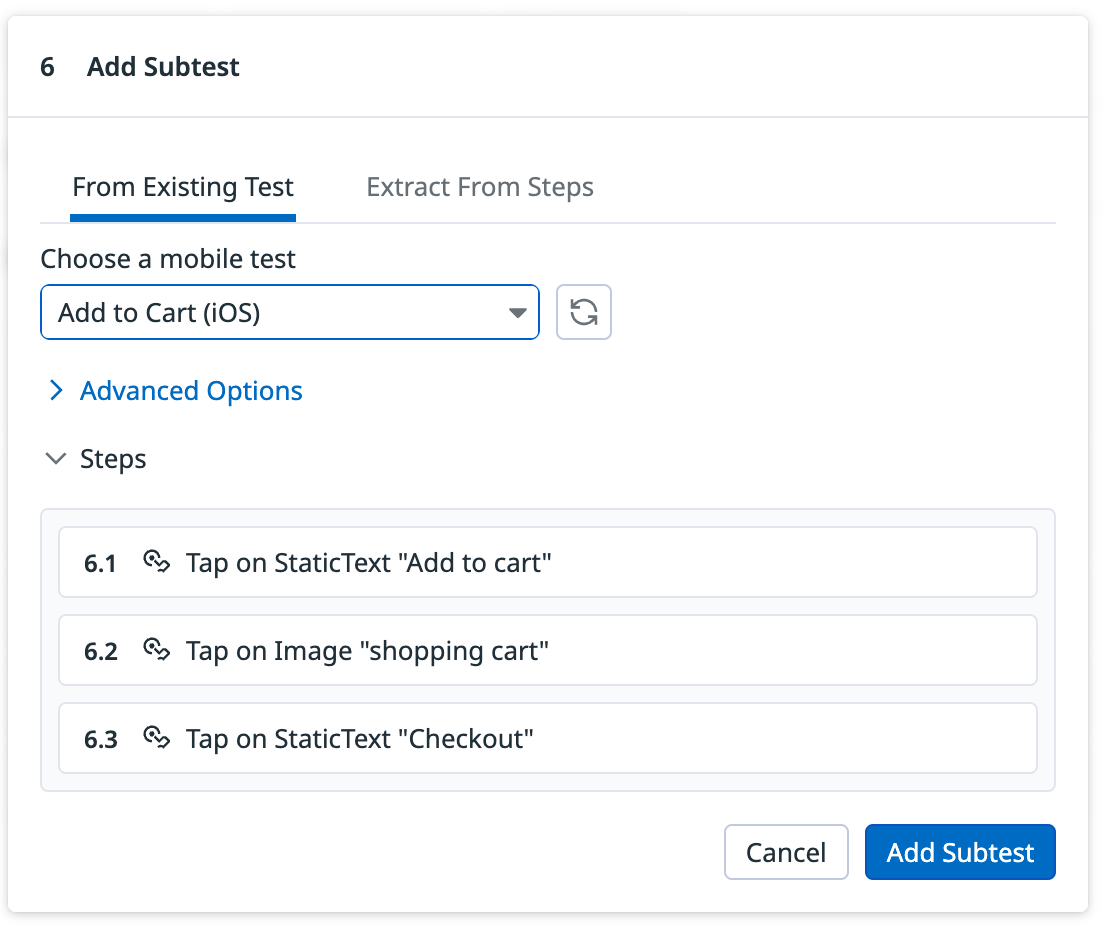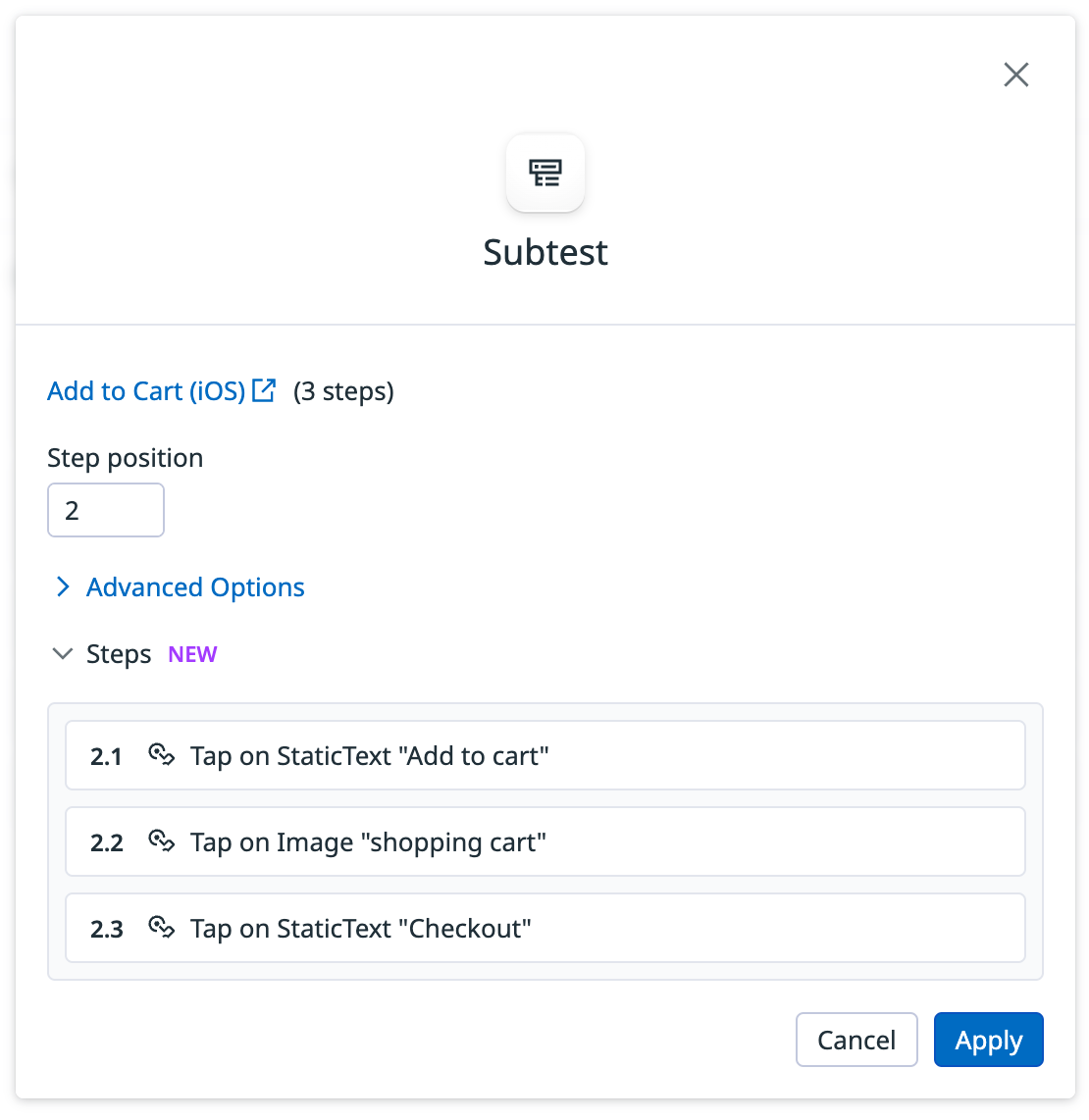- Essentials
- Getting Started
- Datadog
- Datadog Site
- DevSecOps
- Serverless for AWS Lambda
- Agent
- Integrations
- Containers
- Dashboards
- Monitors
- Logs
- APM Tracing
- Profiler
- Tags
- API
- Service Catalog
- Session Replay
- Continuous Testing
- Synthetic Monitoring
- Incident Management
- Database Monitoring
- Cloud Security Management
- Cloud SIEM
- Application Security Management
- Workflow Automation
- CI Visibility
- Test Visibility
- Test Impact Analysis
- Code Analysis
- Learning Center
- Support
- Glossary
- Standard Attributes
- Guides
- Agent
- Integrations
- OpenTelemetry
- Developers
- Authorization
- DogStatsD
- Custom Checks
- Integrations
- Create an Agent-based Integration
- Create an API Integration
- Create a Log Pipeline
- Integration Assets Reference
- Build a Marketplace Offering
- Create a Tile
- Create an Integration Dashboard
- Create a Recommended Monitor
- Create a Cloud SIEM Detection Rule
- OAuth for Integrations
- Install Agent Integration Developer Tool
- Service Checks
- IDE Plugins
- Community
- Guides
- API
- Datadog Mobile App
- CoScreen
- Cloudcraft
- In The App
- Dashboards
- Notebooks
- DDSQL Editor
- Sheets
- Monitors and Alerting
- Infrastructure
- Metrics
- Watchdog
- Bits AI
- Service Catalog
- API Catalog
- Error Tracking
- Service Management
- Infrastructure
- Application Performance
- APM
- Continuous Profiler
- Database Monitoring
- Data Streams Monitoring
- Data Jobs Monitoring
- Digital Experience
- Real User Monitoring
- Product Analytics
- Synthetic Testing and Monitoring
- Continuous Testing
- Software Delivery
- CI Visibility
- CD Visibility
- Test Optimization
- Code Analysis
- Quality Gates
- DORA Metrics
- Security
- Security Overview
- Cloud SIEM
- Cloud Security Management
- Application Security Management
- AI Observability
- Log Management
- Observability Pipelines
- Log Management
- Administration
Mobile App Testing Steps
Mobile Application Testing is not supported on this site.
Overview
Steps represent individually recorded interactions or assertions that you want to execute in your test. To define a step, click Start Recording and interact with the device as you would normally, or create a step manually by clicking Assertions or Special Actions.
Launch a device
To start recording and adding steps, select a device to launch a mobile app test from the dropdown menu and click Launch Device.
Select Show only available devices. Available devices load faster to see the most available devices for shorter testing wait times.
Notifications
Click the green Device Connection Notification button in the Launch a device to start recording modal to enable notifications for when your device is ready and when your device is going to timeout because of inactivity.
Automatically recorded steps
Once you click Start Recording, Datadog automatically records any interactions you have with your device and displays them in the step list on the left.
To stop recording, click Stop Recording.
Manually added steps
In addition to automatically creating steps by interacting directly with your device, you can manually create steps (using assertions and special actions). You can also update steps by clicking into a previously recorded step or reorder steps by dragging them up and down the step list.
Assertion
Assertions allow you to validate the content displayed (or not displayed) within a particular section of your test flow.
To create a step, select an assertion type:
Test an element’s content
Create this assertion step to have your mobile app test select a page element and check if it contains a specific value.
Test that some text is present on the active screen
Create this assertion step to have your mobile app test confirm that the text you specified in the Value field is present on the current page being recorded.
Test that some text is not present on the active screen
Create this assertion step to have your mobile app test confirm that the text you specified in the Value field is not present on the current page being recorded.
Special actions
In addition to automatically recording steps based on your device interactions, you can also manually create steps by clicking Special Actions.
Double tap
Interacting with elements with a double tap on your mobile application records a step.
Extract variable from element
This action allows you to extract the value of an element and save it as a variable.
Open deep link
Add a name to the step and enter a deep link URI.
Restart application
This action allows you to restart your application. This action does not reinstall the application but instead closes and then launches the application again.
Rotate device
Add a name to the step and select Portrait or Landscape mode.
Scroll
Mobile app tests automatically scroll to the elements that need to be interacted with. In most cases, you do not need to add a scroll step manually. Use the scroll step when you need to trigger an additional interaction, such as an infinite scroll.
Specify the number of pixels you want the mobile app test to scroll vertically and horizontally.
By default, the Scroll step scrolls through the entire page. If you need to scroll on a specific element (for example, a specific <div>), click Starting Element and select an element you want the mobile app test to scroll on.
Scroll to element
This action allows you to scroll to a specific element horizontally or vertically.
Tap
Interacting with elements with a tap on your mobile application records a step.
Toggle Wi-Fi
This action allows you to enable or disable Wi-Fi within your test to monitor how your application performs with or without internet access.
Type text
Interacting with a text input field on your mobile application, adding a name, and setting a value records a step.
To see all available variables on manually added steps, type {{ in the input field.
To use a variable on automatically recorded steps, add a step name and specify the variable value to input the variable value while recording.
Wait
If you know that a page or page element takes more than 60 seconds to load, you can add a wait step with a max value of 300 seconds.
By default, mobile app tests wait for a page to be fully loaded before performing a step or the next step with a timeout of 60 seconds. This additional time is systematically added to every run of your mobile app test’s recording.
Press back
Interacting with the Back button below the mobile application records a step. Available on Android only.
For more information about additional configuration in test steps, see Advanced Options for Mobile App Test Steps.
Subtests
You can run mobile app tests within other mobile app tests to reuse existing workflows up to two levels of nesting.
To use an existing mobile app test as a subtest, click Subtest, select a mobile app test from the dropdown menu, and click Add Subtest.
In order to override variables from subtests in parent tests, ensure the variables created at the parent test level have the same names as the variables present in the subtest. A variable always uses the value that was first assigned to it.
For more information about advanced options for subtests, see Advanced Options for Mobile App Test Steps.
If it does not make sense for you to run your subtest independently, you can pause it. The test continues to be called as part of your parent test, and is not executed individually. For more information, see Reusing Browser Test Journeys Across Your Test Suite.
Step preview
When adding subtests to your mobile tests, click the steps dropdown to show a preview of each step within the subtest:
After adding the subtest to your mobile test, click the subtest to view another preview of each step within the subtest:
Variables
If your subtest contains variables, they are inherited by the test you import them into. To override these variables, create a variable in your parent test with the name as the variables within your subtest.
Manage step order
Instead of manually reordering new steps by dragging and dropping individual steps, you can set a cursor on a test step at a particular stage in your recording and insert additional steps.
- Hover between two recorded test steps and click Add Steps here. A blue line appears above your test step.
- Record additional test steps or add steps manually.
- When you complete adding additional steps above your tests step, click Clear to exit.
Edit a recording
To edit a mobile recording after it’s saved:
- Navigate to Synthetics > Tests.
- Click on a previously saved mobile test.
- Click the video icon in the left hand panel, then click “edit recording”.
- Select multiple or single steps for deletion or replay, then click Save & Quit.
Further reading
Additional helpful documentation, links, and articles:

